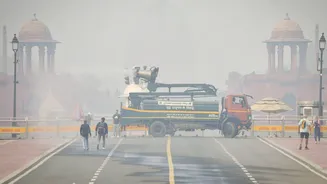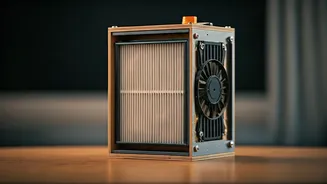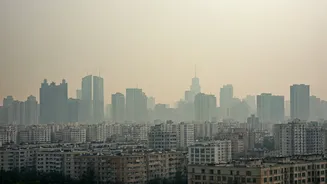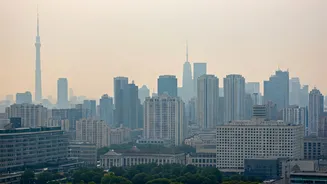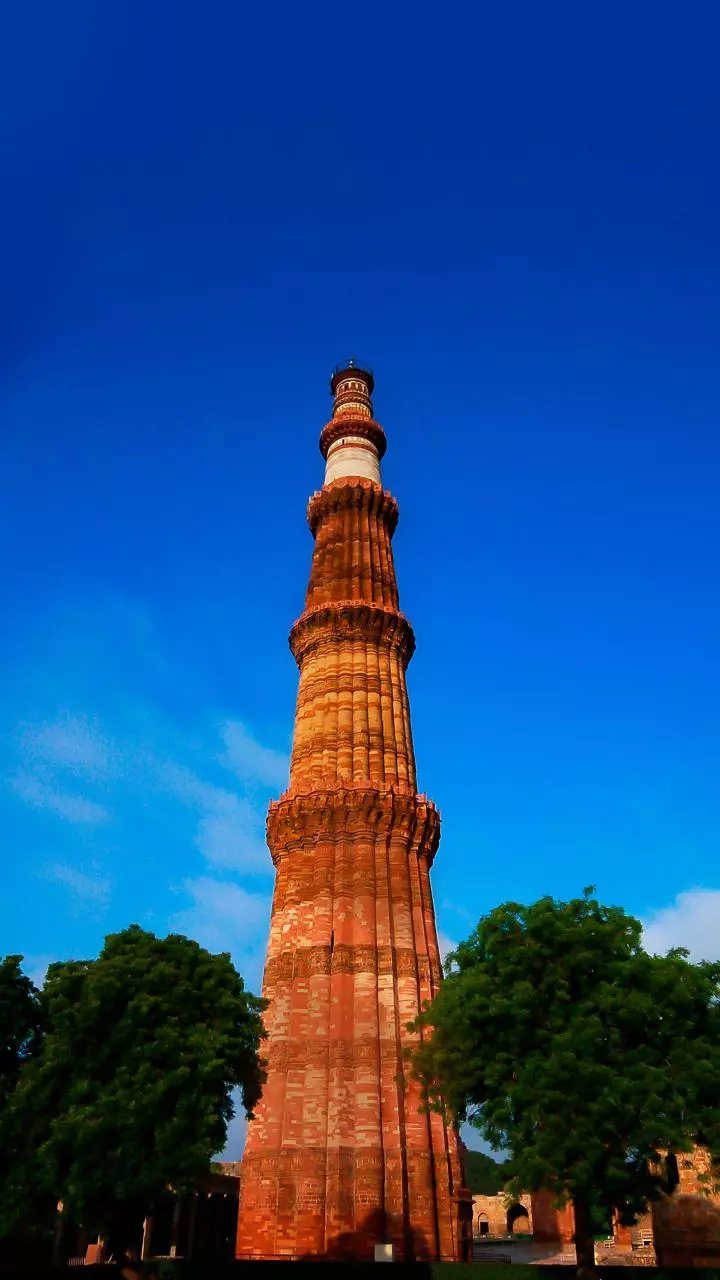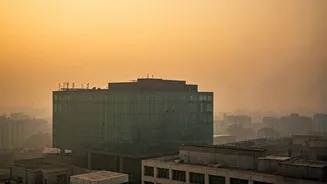AQI: A Critical Threshold
The Air Quality Index (AQI) in Delhi has reached an alarming level, nearing 400, a value that signifies extremely poor air quality. This poses serious
health risks for residents, particularly vulnerable groups like children, the elderly, and those with respiratory issues. The high AQI readings indicate a significant concentration of pollutants in the air, including particulate matter (PM2.5 and PM10), which are known to cause various health complications. This critical juncture requires urgent attention and effective measures to mitigate the hazardous air quality.
GRAP 3 Stalled Implementation
Despite the dire air quality situation, the implementation of GRAP 3 (Graded Response Action Plan) has been delayed. GRAP 3 involves stricter pollution control measures. Its delay suggests a complex interplay of factors that impede effective pollution control. The failure to promptly enforce GRAP 3 is raising concerns about the city's preparedness to tackle the pollution crisis. This plan is designed to kick in when the AQI goes beyond a certain threshold. The delay means that stricter measures, like stopping construction and banning certain vehicles, have not been implemented, potentially prolonging the exposure of the population to toxic air.
Sources of Pollution
Several factors contribute to Delhi's poor air quality. These include vehicular emissions, industrial activities, construction dust, and stubble burning in neighboring states. The winter months exacerbate the problem, as the cooler temperatures and atmospheric conditions trap pollutants close to the ground. Addressing these various sources requires a multi-pronged approach involving stringent regulations, improved infrastructure, and public awareness. It is essential to develop comprehensive and sustainable strategies to tackle the pollution menace, encompassing both short-term emergency measures and long-term systemic changes.
Health Implications Escalation
The high levels of pollution in Delhi pose significant health risks to its residents. Exposure to toxic air can lead to respiratory problems, cardiovascular diseases, and other health complications. Children and elderly people are particularly susceptible to the adverse effects of air pollution. The consistent exposure to polluted air also increases the risk of chronic diseases. The long-term health consequences of poor air quality demand immediate public health interventions. It's crucial for residents to take precautions, such as wearing masks, minimizing outdoor activities, and using air purifiers to protect themselves from the harmful effects of the polluted air.
Key Points and Concerns
Several key points emerge from the current situation. The AQI's level near 400 highlights the severity of the problem. The delay in the implementation of GRAP 3 points to potential shortcomings in the enforcement of pollution control measures. The health implications for Delhi's residents are critical. The complex factors and sources responsible for the pollution are essential aspects. There are major concerns over the effectiveness of current policies and the need for more comprehensive, proactive strategies. There is a need for immediate action, from stricter enforcement of existing regulations to wider implementation of sustainable practices.



